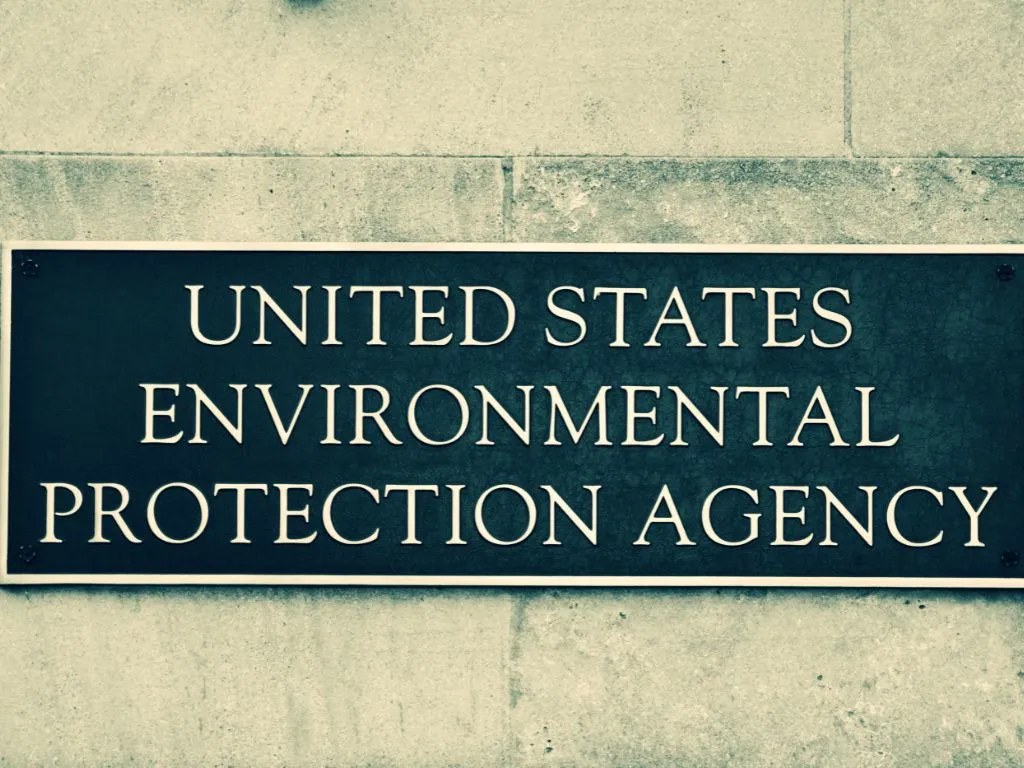News Details

US EPA Proposes New Rule to Reduce Health Risks from Exposure to N-Methylpyrrolidone
On June 5, the U.S. Environmental Protection Agency (EPA) announced a proposed rule under the Toxic Substances Control Act (TSCA) to protect workers and consumers from exposure to the solvent n-methylpyrrolidone (NMP). This proposal is the sixth chemical to be reviewed for the 'first ten' chemicals under the amended TSCA, following actions on asbestos, methylene chloride, trichloroethylene, perchloroethylene, and carbon tetrachloride.
EPA's 2020 risk evaluation found that NMP poses an unreasonable risk to health, with exposure associated with significant adverse effects, including miscarriage, reduced fertility, liver toxicity, kidney toxicity, immunotoxicity, neurotoxicity, skin irritation, and sensitization.
If finalized, the rule would limit NMP concentrations in certain consumer and commercial products, establish strict workplace health controls, and ban some uses where safer alternatives exist.
NMP in Industrial and consumer products
NMP is used in solvent cleaning and surface treatment of metals, textiles, resins, and plastics. In the commercial sector, it is used in the manufacture and removal of paints, coatings and adhesives. Common consumer uses include paints, coatings, glues, adhesive removers, lubricants, and automotive care products.
Proposed rule:
EPA is proposing, under TSCA section 6(a), to:
(i) Ban the manufacture, processing, distribution, and use of NMP for five of 37 evaluated occupational conditions of use (CoU). It also establishes a de minimis threshold of 0.1% by weight below which products would be exempt from the provisions of the rule.
(ii) Establish container size limits and labeling requirements for the manufacture (including import), processing, and distribution in commerce of NMP for seven consumer uses.
The following NMP-containing products cannot be sold in containers larger than 16 ounces and must be labeled 'for consumer use only':
- Paint and coating removers
- Adhesive removers
- Paints and coatings (lacquers, stains, varnishes, primers, floor finishes)
- Paint and coating additives
- Automotive care products
- Cleaning and furniture care products
- Lubricants and lubricant additives
(iii) Require prescriptive controls, including concentration limits and personal protective equipment (PPE), for seven occupational conditions of use. These requirements would be phased in over a two-year period.
(iv) Strict workplace controls, including NMP Workplace Chemical Protection Programs (WCPPs), would be mandated for all other occupational conditions of use.
This includes commercial use of high NMP concentration products essential to the missions of the Department of Defense (DOD) and the National Aeronautics and Space Administration (NASA). These programs are designed to prevent direct dermal contact with NMP.
They would cover approximately 44% of the annual production volume of NMP, including manufacturing, processing, industrial, commercial uses, and disposal. Businesses would have 12 months to establish a WCPP, while federal agencies would have three years to comply.
(v) Require a concentration limit on NMP for the import, processing, and distribution in commerce for a consumer use
(vi) Establish recordkeeping and downstream notification requirements
EPA will accept public comments on the proposed rule for NMP for 45 days following publication in the Federal Register via docket EPA-HQ-OPPT-2020-0744.
We acknowledge that the above information has been compiled from Environmental Protection Agency (US EPA).

 Twitter
Twitter
